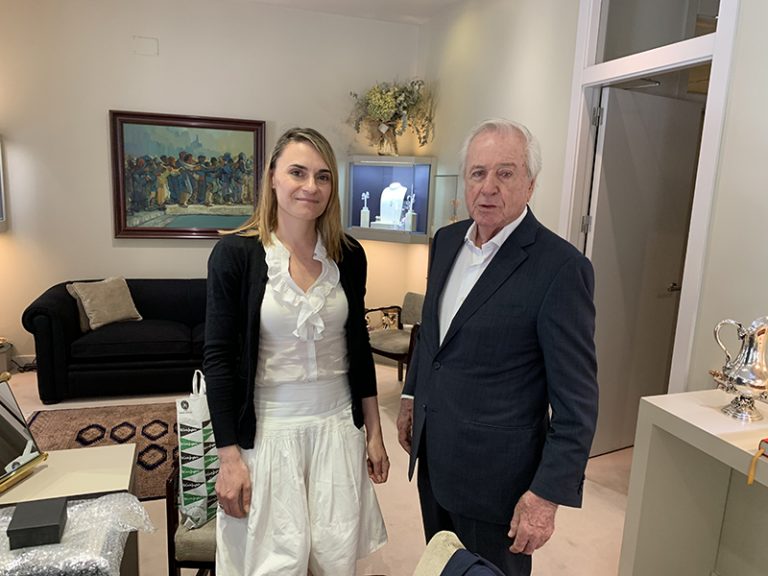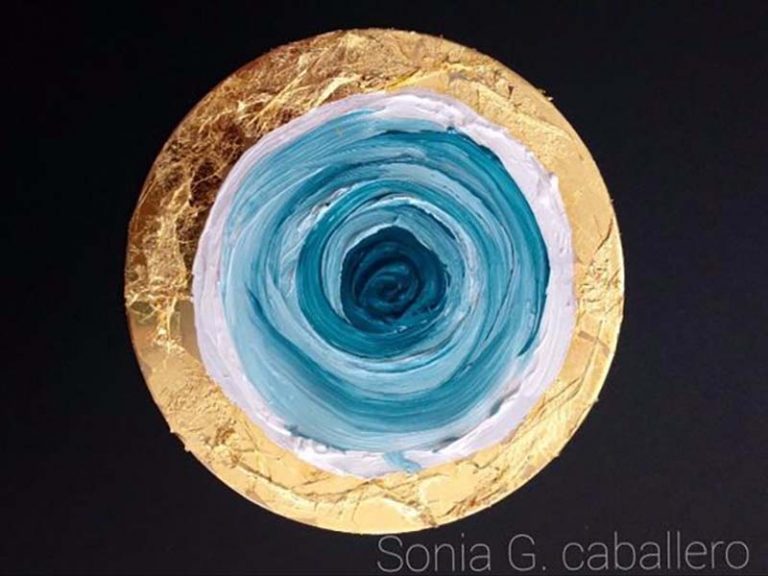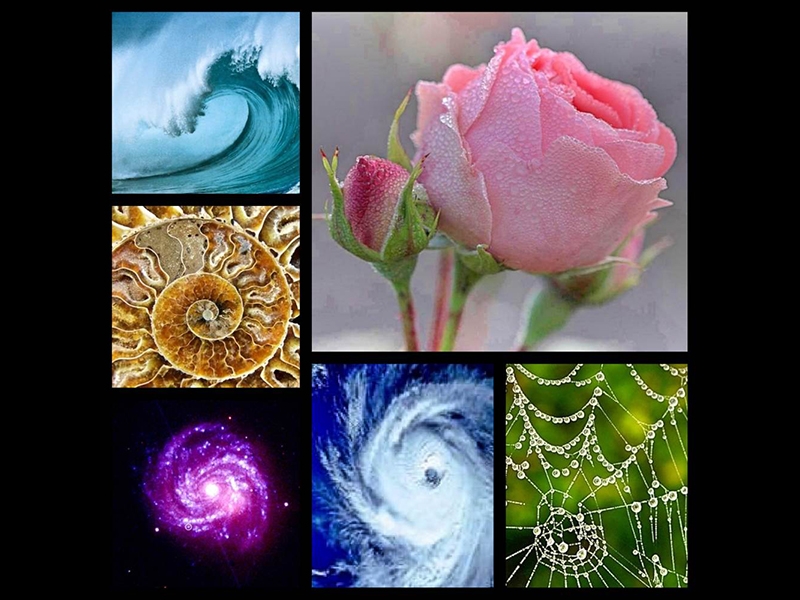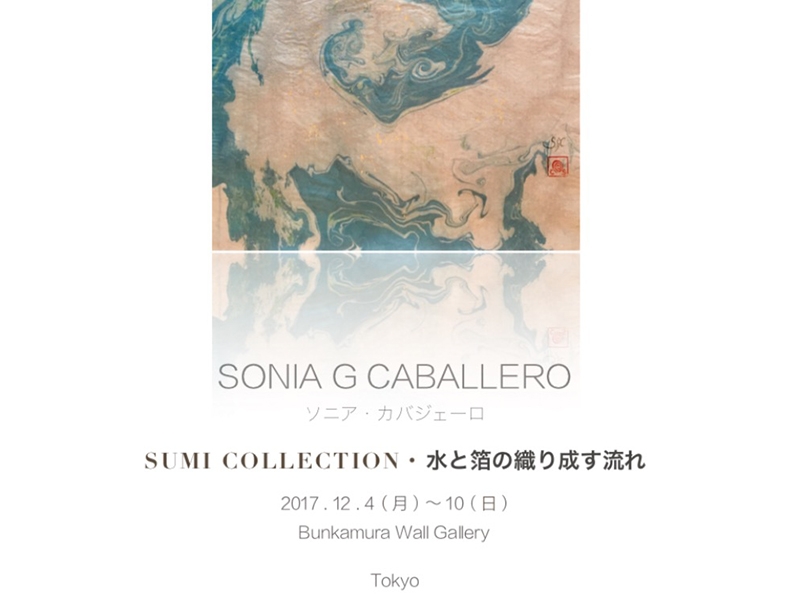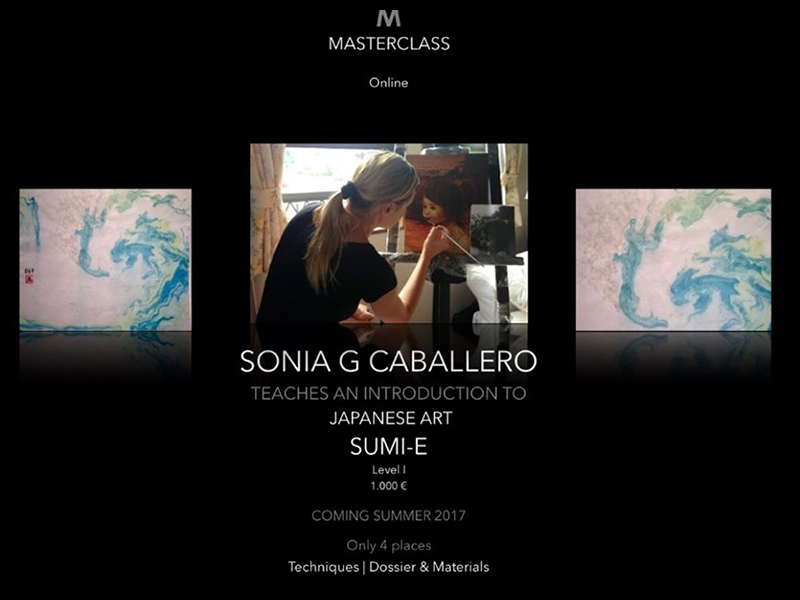Sonia G Caballero agrees with Ernest Oriol the creation of her new high jewelry line
Sonia G Caballero agrees with Ernest Oriol the creation of her new high jewelry line. We have always said in Romero that sharing is the basis of Premium Networking, and therefore, one of our most recent brands, Sonia G Caballero, has understood that together we are stronger, and has taken advantage of the Romero platform …

